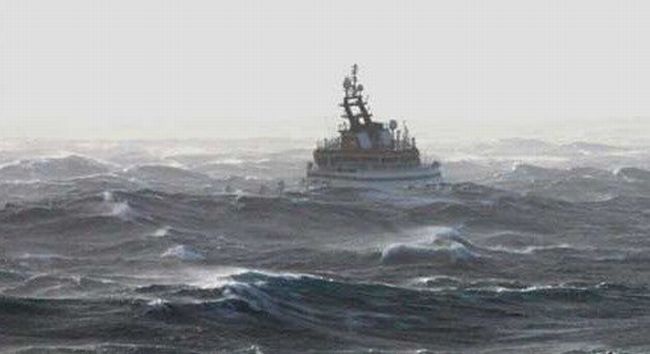|
|
Ship In A Storm
|
In addition to traditional fixed and controllable pitch propellers there are many specialized variations, such as contra-rotating and nozzle-style propellers. Most vessels have a single propeller, but some large vessels may have up to four propellers supplemented with transverse thrusters for maneuvring at ports. The propeller is connected to the main engine via a propeller shaft and, in case of medium- and high-speed engines, a reduction gearbox. Some modern vessels have a diesel-electric powertrain in which the propeller is turned by an electric motor powered by the ship's generators.
• Steering systems
For ships with independent propulsion systems for each side, such as manual oars or some paddles, steering systems may not be necessary. In most designs, such as boats propelled by engines or sails, a steering system becomes necessary. The most common is a rudder, a submerged plane located at the rear of the hull. Rudders are rotated to generate a lateral force which turns the boat. Rudders can be rotated by a tiller, manual wheels, or electro-hydraulic systems. Autopilot systems combine mechanical rudders with navigation systems. Ducted propellers are sometimes used for steering.
Some propulsion systems are inherently steering systems. Examples include the outboard motor, the bow thruster, and the Z-drive. Some sails, such as jibs and the mizzen sail on a ketch rig, are used more for steering than propulsion.
|
|









